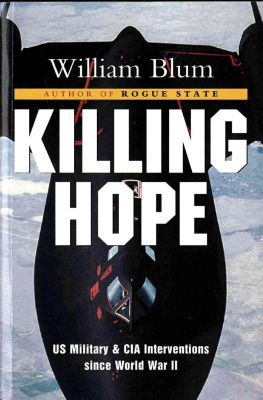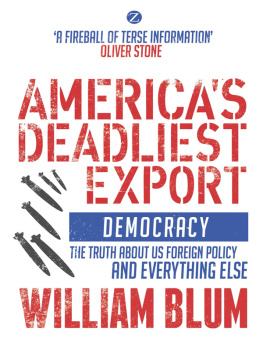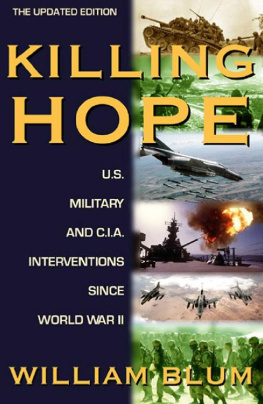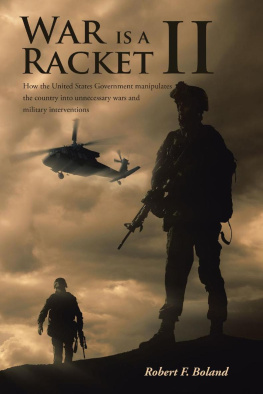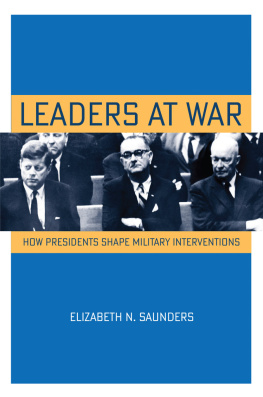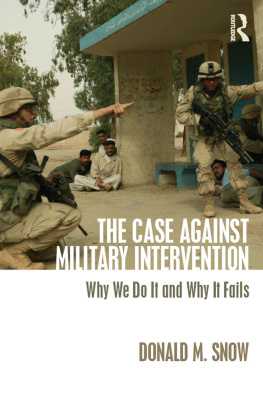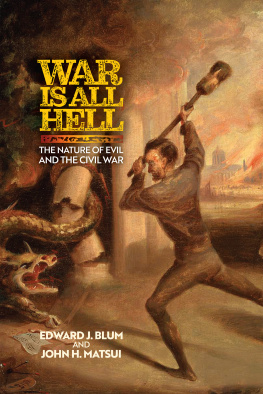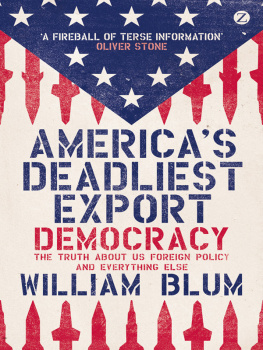Killing Hope
U.S. Military and CIA
Interventions Since
World War II
William Blum
Zed Books London
Killing Hope was first published outside of North America by Zed Books Ltd, 7
Cynthia Street, London NI 9JF, UK in 2003.
Second impression, 2004
Printed by Gopsons Papers Limited, Noida, India www.zedbooks.demon.co.uk
Published in South Africa by Spearhead, a division of New Africa Books, PO Box 23408, Claremont 7735
This is a wholly revised, extended and updated edition of a book originally published under the title The CIA: A Forgotten History (Zed Books, 1986)
Copyright William Blum 2003
The right of William Blum to be identified as the author of this work has been asserted by him in accordance with the Copyright, Designs and Patents Act 1988.
Cover design by Andrew Corbett
ISBN 1 84277 368 2 hb ISBN 1 84277 369 0 pb
Spearhead ISBN 0 86486 560 0 pb
Contents
Contents
1. China 1945 to 1960s: Was Mao Tse-tung just paranoid? 20
2. Italy 1947-1948: Free elections, Hollywood style 27
3. Greece 1947 to early 1950s: From cradle of democracy to client state 33
4. The Philippines 1940s and 1950s: America's oldest colony 38
5. Korea 1945-1953: Was it all that it appeared to be? 44
6. Albania 1949-1953: The proper English spy 54
7. Eastern Europe 1948-1956: Operation Splinter Factor 56
8. Germany 1950s: Everything from juvenile delinquency to terrorism 60
9. Iran 1953: Making it safe for the King of Kings 63
10. Guatemala 1953-1954: While the world watched 71
11. Costa Rica mid-1950s: Trying to topple an ally, part I 82
12. Syria 1956-1957: Purchasing a new government 84
13. The Middle East 1957-1958: The Eisenhower Doctrine claims another backyard for America 88
14. Indonesia 1957-1958: War and pornography 98
15. Western Europe 1950s and 1960s: Fronts within fronts within fronts 103
16. British Guiana 1953-1964: The CIA's international labor mafia 107
17. Soviet Union late 1940s to 1960s: From spy planes to book publishing 113
18. Italy 1950s to 1970s: Supporting the Cardinal's orphans and techno-fascism 119
19. Vietnam 1950-1973: The Hearts and Minds Circus 122
20. Cambodia 1955-1973: Prince Sihanouk walks the high-wire of neutralism 133
21. Laos 1957-1973: L'Armee Clandestine 139
22. Haiti 1959-1963: The Marines land, again 145
23. Guatemala 1960: One good coup deserves another 146
24. France/Algeria 1960s: L'etat, c'est la CIA 148
25. Ecuador 1960-1963: A textbook of dirty tricks 153
26. The Congo 1960-1964: The assassination of Patrice Lumumba 156
27. Brazil 1961-1964: Introducing the marvelous new world of death squads 163
28. Peru 1960-1965: Fort Bragg moves to the jungle 172
29. Dominican Republic 1960-1966: Saving democracy from communism by getting rid of democracy 175
30. Cuba 1959 to 1980s: The unforgivable revolution 185
31. Indonesia 1965:
Liquidating President Sukarno ... and 500,000 others
East Timor 1975: And 200,000 more 194
32. Ghana 1966: Kwame Nkrumah steps out of line 199
33. Uruguay 1964-1970: Tortureas American as apple pie 201
34. Chile 1964-1973: A hammer and sickle stamped on your child's forehead 207
35. Greece 1964-1974: "Fuck your Parliament and your Constitution", said the President of the United States 215
36. Bolivia 1964-1975: Tracking down Che Guevara in the land of coup d'etat 221
37. Guatemala 1962 to 1980s: A less publicized "final solution" 229
38. Costa Rica 1970-1971: Trying to topple an ally, part II 239
39. Iraq 1972-1975: Covert action should not be confused with missionary work 242
40. Australia 1973-1975: Another free election bites the dust 244
41. Angola 1975 to 1980s: The Great Powers Poker Game 249
42. Zaire 1975-1978: Mobutu and the CIA, a marriage made in heaven 257
43. Jamaica 1976-1980: Kissinger's ultimatum 263
44. Seychelles 1979-1981: Yet another area of great strategic importance 267
45. Grenada 1979-1984: Lying one of the few growth industries in Washington 269
46. Morocco 1983: A video nasty 278
47. Suriname 1982-1984: Once again, the Cuban bogeyman 279
48. Libya 1981-1989: Ronald Reagan meets his match 280
49. Nicaragua 1978-1990: Destabilization in slow motion 290
50. Panama 1969-1991: Double-crossing our drug supplier 305
51. Bulgaria 1990/Albania 1991: Teaching Communists what democracy is all about 314
52. Iraq 1990-1991: Desert holocaust 320
53. Afghanistan 1979-1992: America's Jihad 338
54. El Salvador 1980-1994: Human rights, Washington style 352
55. Haiti 1986-1994: Who will rid me of this turbulent priest? 370
56. The American Empire: 1992 to present 383
Notes: 393
Appendix I: This is How the Money Goes Round 452
Appendix II: Instances of Use of US Armed Forces Abroad, 1798-1945 454
Appendix III: U.S. Government Assassination Plots 463
Index: 465
About the Author: 470
Author's Note
The last major revision of this book appeared in 1995. Since that time various minor changes have been made with each new printing. The present edition contains some revisions to the Introductions which appeared in the first two editions and these two earlier Introductions have been combined into one. The major change to be found in the present volume is the addition at the end of a new chapter, "The American Empire: 1992 to present", which offers a survey of US interventions during the 1990s and up to the present, and attempts to describe the evolution of US foreign policy from intervention ism to the openly proclaimed goal of world domination.
May 2003
Introduction
A Brief History of the Cold War and Anticommunism
Our fear that communism might someday take over most of the world blinds us to the fact that anticommunism already has.
Michael Parenti
It was in the early days of the fighting in Vietnam that a Vietcong officer said to his American prisoner: "You were our heroes after the War. We read American books and saw American films, and a common phrase in those days was "to be as rich and as wise as an American". What happened?"
An American might have been asked something similar by a Guatemalan, an
Indonesian or a Cuban during the ten years previous, or by a Uruguayan, a Chilean or a Greek in the decade subsequent. The remarkable international goodwill and credibility enjoyed by the United States at the close of the Second World War was dissipated country-by-country, intervention-by-intervention. The opportunity to build the war-ravaged world anew, to lay the foundations for peace, prosperity and justice, collapsed under the awful weight of anticommunism.
The weight had been accumulating for some time; indeed, since Day One of the Russian Revolution. By the summer of 1918 some 13,000 American troops could be found in the newly-born Union of Soviet Socialist Republics. Two years and thousands of casualties later, the American troops left, having failed in their mission to "strangle at its birth" the Bolshevik state, as Winston Churchill put it.
The young Churchill was Great Britain's Minister for War and Air during this period. Increasingly, it was he who directed the invasion of the Soviet Union by the Allies (Great Britain, the US, France, Japan and several other nations) on the side of the counter-revolutionary "White Army". Years later, Churchill the historian was to record his views of this singular affair for posterity:
Were they [the Allies] at war with Soviet Russia? Certainly not; but they shot Soviet Russians at sight. They stood as invaders on Russian soil. They armed the enemies of the Soviet Government. They blockaded its ports, and sunk its battleships. They earnestly desired and schemed its downfall. But warshocking!
Next page
